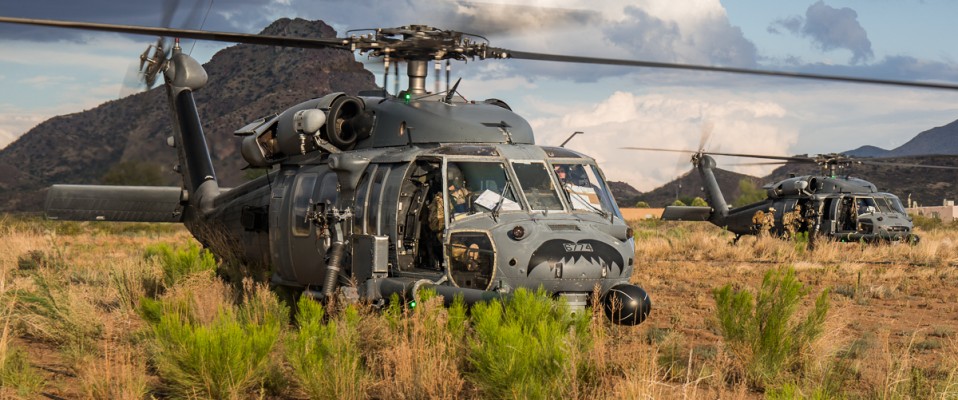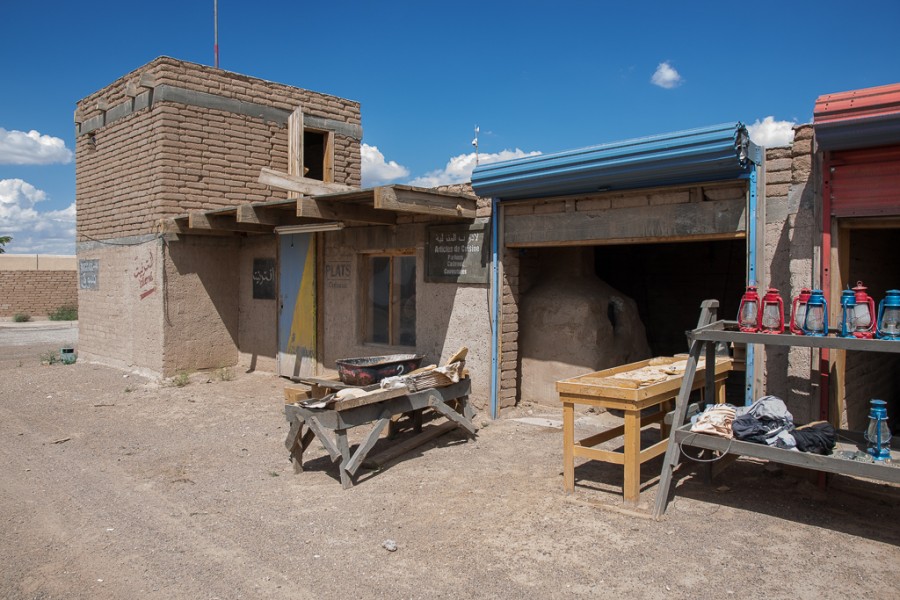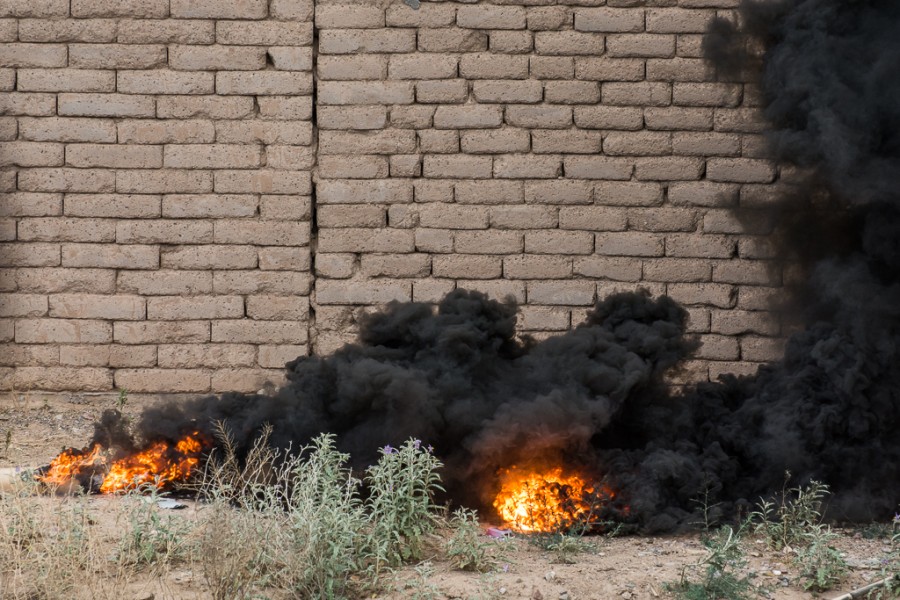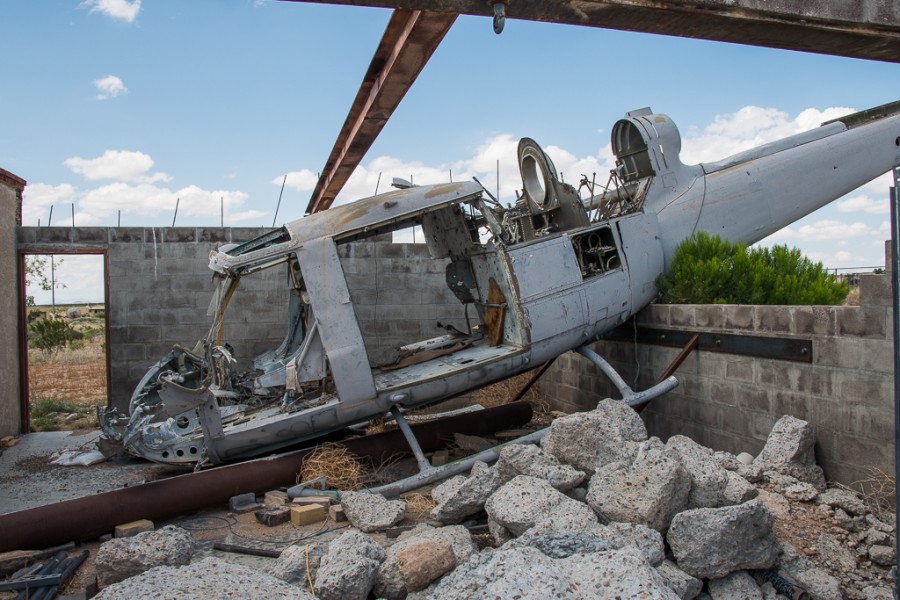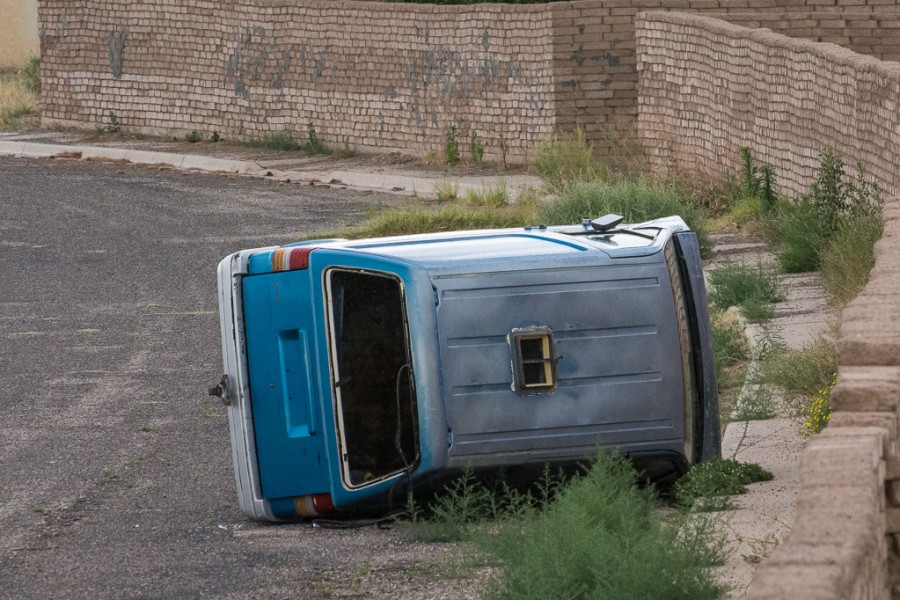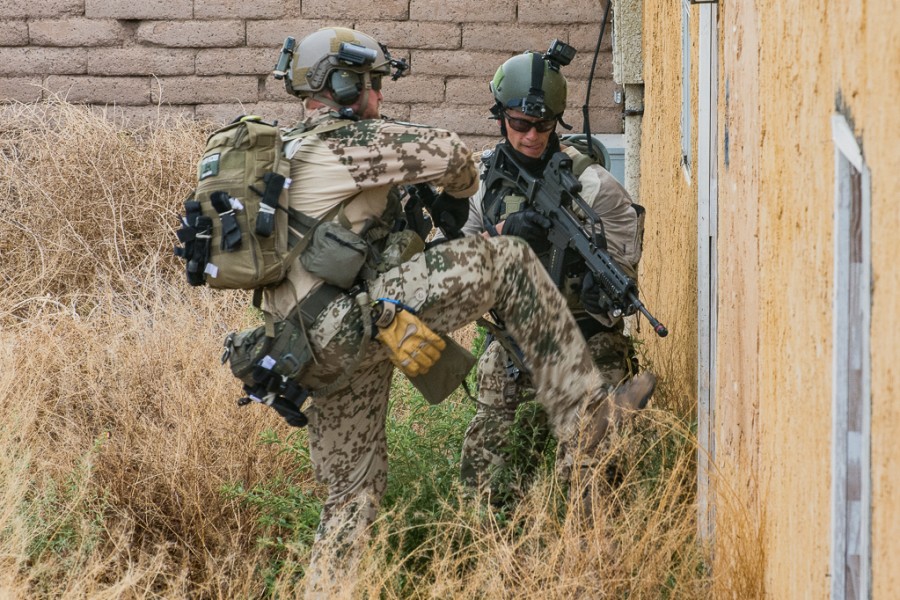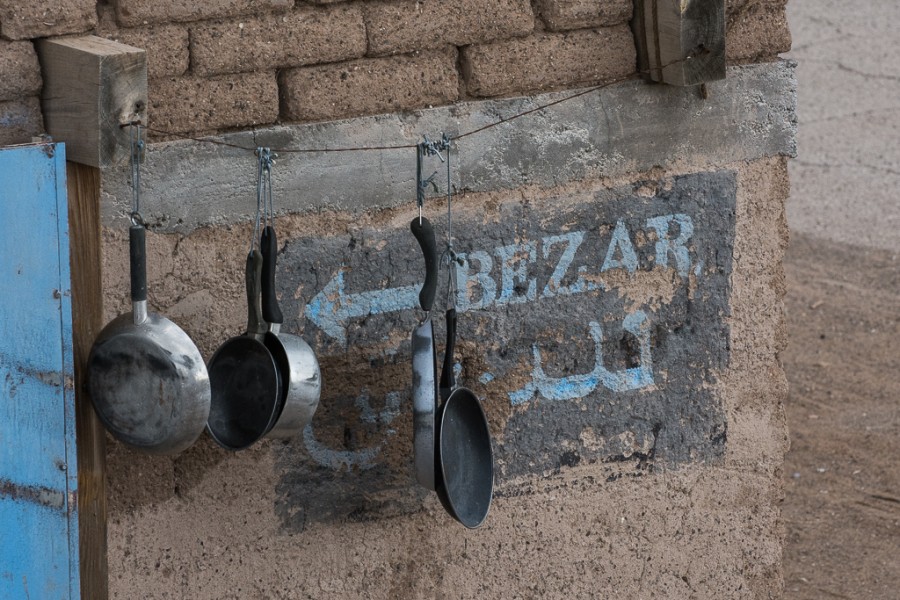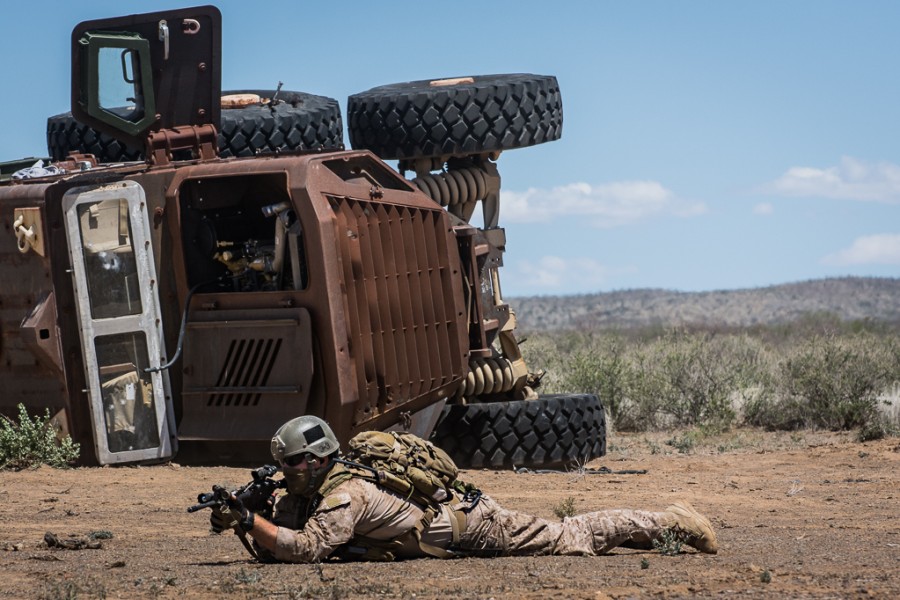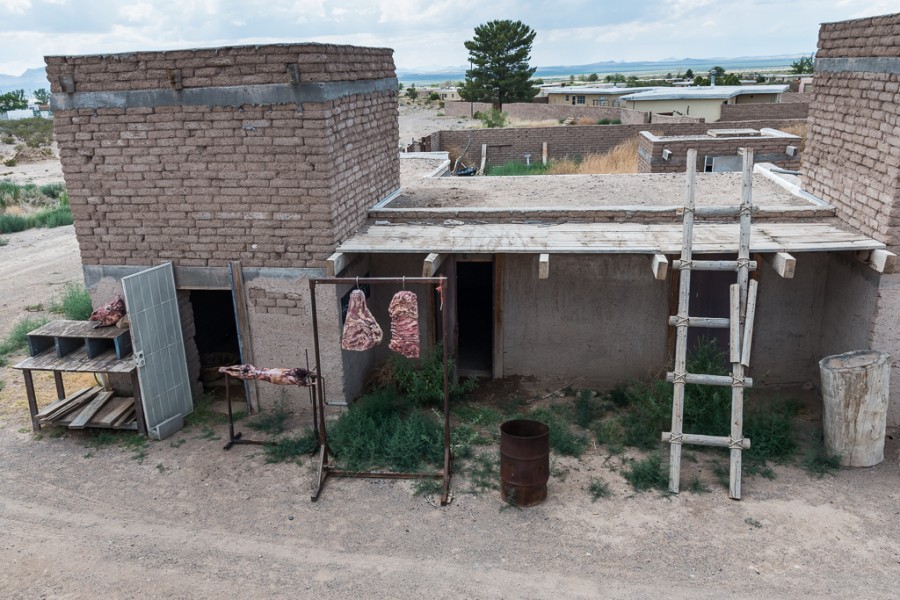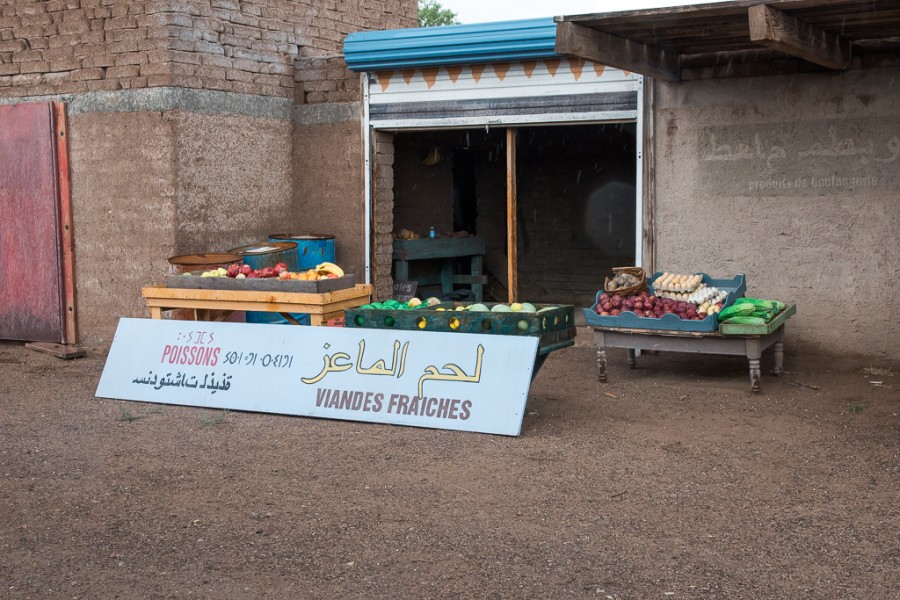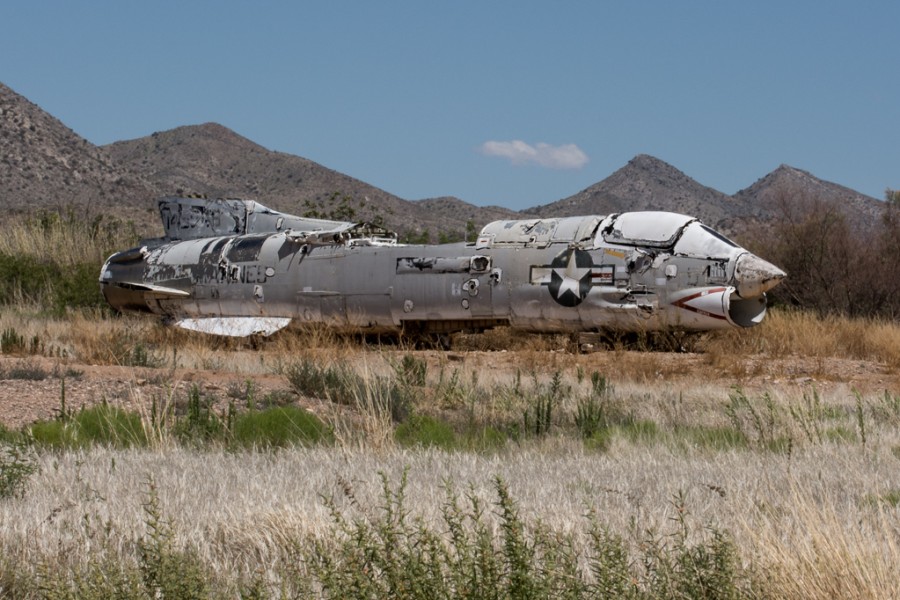Angel Thunder 2015 – An Exercise in Saving Lives
Article and Photos by Steven Valinski
July 4, 2015
A
Sikorsky HH-60G Pave Hawk
Lockheed HC-130P Combat Shadow
Lockheed HC-130J Combat King II
Sikorsky (VFW-Fokker/Speyer) CH-53GS Sea Stallion
Sikorsky MH-60S Seahawk
Cessna UC-35 Citation
Lockheed C-130H Hercules
Boeing CH-47 Chinook
Fairchild Republic A-10 Thunderbolt II
Boeing E-3 Sentry
Sikorsky UH-60 Black Hawk
Boeing AH-64 Apache
Bell Boeing MV-22B Osprey
Beechcraft C-12V Huron
USAF 41 RQS
USAF 55 RQS
USAF 66 RQS
USAF 71 RQS
USAF 79 RQS
USAF 129 RQS
USAF 130 RQS
WY ANG 153 AW
MT ARNG 1-189 BTN
US Army 11 AVN
Germany HSG64
USN HSC-6/8
USAF 55 ACW
USAF 354 FS
AZ ARNG 1-285 ARB
AZ ARNG 2-285 AHB
USMC VMM-268
Civil Air Patrol
DEA
FBI
JPRA
National Park Service
NGA
NRO
Peace Corps
US Marshalls
ADEMS
AZ DPS
Coconino County Sheriff
Pima County Sheriff
Pinal County Sheriff
Navajo County Sheriff
Flagstaff Police Department
Non- Gov
Rescue Global
Australia
Canada
Chile
Denmark
France
Germany
Ireland
Israel
New Zealand
Portugal
United Kingdom
What once began as a local military exercise to help provide realistic training scenarios to United States Air Force (USAF) rescue squadrons, has developed into an Air Combat Command (ACC)-sponsored multinational, interagency combat search and rescue exercise. Hosted annually by Davis-Monthan AFB in Arizona, Angel Thunder is the largest personnel recovery exercise in the world.
According to Davis-Monthan AFB and ACC documents: “Angel Thunder is the largest and most realistic joint service, multinational, interagency combat search and rescue exercise designed to provide training for personnel recovery assets using a variety of scenarios to simulate deployment conditions and contingencies. The exercise provides personnel recovery and combat search and rescue training for combat aircrews, pararescue, intelligence personnel, battle managers and joint search and rescue center personnel.”
Angel Thunder 2015 featured forces from the United States and eleven partner nations, along with civilian forces from agencies such as the FBI, DEA, US Marshalls, Peace Corps, Civil Air Patrol and other government and non-government agencies. Approximately 3,000 military and civilian forces, and close to 50 fixed-wing and rotary aircraft, participated in Angel Thunder 2015.
Throughout the exercise, participants are presented with realistic scenarios which call upon their skills and training to execute personnel recovery missions. Contested irregular warfare, high-mountain rescue, vehicular extraction and rescue in a contested environment, air and sea rescue operations, irregular insertion and extraction, and personnel recovery in hostile or denied areas are a few of the scenarios presented during the exercise.
Special Forces
While Angel Thunder is, first and foremost, a personnel recovery exercise, many of the participants include special forces and special operations units from around the globe. For some countries, like Chile, many of their special forces commandos are called upon for humanitarian efforts including personnel recovery. With no immediate military threats, Chile is a country under the constant threat of natural disasters such as flooding, earthquakes and volcanoes. These units are vital to the survival of thousands of people each year that are victims of these disasters.
When one hears the term “special forces” we think of Green Berets, Navy Seals, SAS and other elite groups. One of the most underrated of the special forces/ops groups are the pararescuemen, or PJ’s. Their motto: “That Others May Live,” is a clear indicator of what PJ’s are tasked to do…save lives. PJ’s go through some of the most rigorous training in the U.S. Military. Their missions often require them to enter hostile and contested environments in order to save lives.
Whether the term special forces, special operations, or other terms like commando are used, the mission during Angel Thunder is all about saving lives.
Planning
An exercise the scale of Angel Thunder requires extensive planning. Lieutenant Colonel Michael C. Guischard, 563d Rescue Group Deputy Commander and Deputy Exercise Director told Aviation Photography Digest: “Planning normally begins one year prior to execution and includes two formal planning events throughout the year. This allows participants to present their desired learning objectives and the planning staff to construct scenarios that will maximize utility to a particular unit or country. For some units and countries, it is quite a large expense to travel to the exercise and we need to make sure we are giving them what they want/need. It requires a full year to construct the exercise every year since there are no full-time military personnel assigned to the exercise. Manning is tasked part-time from the operational Rescue Group and augmented by six contractors.”
An example of some of the logistical challenges that required careful planning was the German Air Force (Luftwaffe) bringing three Sikorsky CH-53GS helicopters operated by Hubschraubergeschwader 64 (HSG64) (Helicopter Wing 64). These helicopters required some disassembly for transport and a large Antonov An-124 Ruslan aircraft had to be procured to transport the rotorcraft from Laupheim Air Base in Germany to Holloman AFB for pre-deployment, then from Holloman AFB to Davis-Monthan AFB. In addition to the rotorcraft, troops, supplies and equipment needed to be transported from Germany.
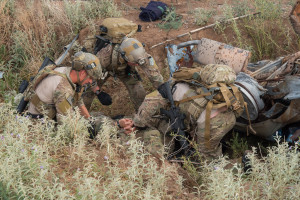
Living by the motto: “That Others May Live,” PJ’s are highly trained special forces that operate under the Air Force Special Operations Command.
PJ’s are the only special ops group that is specifically trained and equipped to conduct conventional and unconventional rescue operations. Their rigorous training can last close to two years and is nicknamed: “the Pipeline” or “Superman School.” The attrition rate for the training is close to 80%.
Training to be a Pararescuemen begins with the Indoctrination Course, followed by U.S. Army Airborne School, USAF Combat Diver Course, U.S. Navy Underwater Egress Training, U.S. Air Force Basic Survival School, U.S. Army Military Free Fall Parachutist School, Paramedic Course, and the Pararescue Recovery Specialist Course.
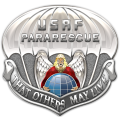
Execution
In order to implement the daily scenarios, a team known as the Joint Exercise Control Group, also known as the “white cell,” helps coordinate execution of the plan with the controlled chaos needed to emulate real-world situations. The mission scenarios can be very dynamic and change due to a variety of factors. LtCol Guischard explains: “Scenarios do change after mission planning. Personnel Recovery is a dynamic mission set and we very often, do not choose the time and place of our missions. The Joint Exercise Control Group (white cell) injects planned changes during the entire process from mission drop to execution to replicate the oft-changing conditions of a real-world mission. These injects are thoroughly scripted and evaluated for impact to the overall mission risk. Sometimes, like what happened this year, weather or aircraft maintenance forced the rescue package to adjust their plan of execution to get the job done.”
In one scenario during Angel Thunder 2015, the mission called for PJ’s jumping from a HC-130J Combat King into a village that was about to be overrun by an insurgency. A bad weather cell moved into the area and the jump was cancelled for safety reasons. At that point, the execution of the mission had to adapt and be modified for the change in resources. While calling off a jump due to bad weather may not always be practical in a real world scenario, adapting to a change of resources is often required in actual missions.
Locations
Angel Thunder 2015, much like the Angel Thunder exercises over the past few years, utilized a wide geographic area to carry out the training and scenarios. While Davis-Monthan AFB in Tucson, Arizona served as the home base, other locations in Arizona, California and New Mexico were utilized to stage scenarios. Military operations areas (MOA’s) in these states were utilized along with a few temporary MOA’s that were established for the exercise. The diverse landscape in these locations helped emulate locations and environments where actual missions could take place.
Whether it was a mass casualty exercise at Camp Navajo Training Site, AZ, high-angle rescue training at Mount Lemmon, AZ, or air and sea rescue operations over the Pacific Ocean, a wide variety of landscapes were utilized for staging areas during Angel Thunder 2015.
One of the more interesting locations used was the Playas Training and Research Center (PTRC) located in Playas, NM. Sometimes known as the Playas anti-terror training center, the PTRC is located about 180 miles from Davis-Monthan AFB in the “boot heel” of New Mexico. This former mining community is now an abandoned town that helps emulate multiple urban training environments along with several “villages” that can be set up to mimic locations around the globe.
Since the training during Angel Thunder is not designed with a specific enemy in mind, the PTRC provides settings that can emulate many different global urban/suburban environments and simulate the type of warfare one would expect in these environments. Actors (college students, airmen and other volunteers) are often utilized to provide the civilian obstacles one would encounter while conducting missions in these areas.
Integration
One of the most challenging aspects of Angel Thunder is the integration of military and civilian forces. While this integration takes place throughout Angel Thunder, the complex mission sets in the second week of the exercise present many challenges. Units from around the globe integrate to conduct missions calling upon their specific specialties to work towards a common goal. Some of the challenges faced include communication barriers, terminology differences, differences in tools and techniques used, and many more. “Force integration occurs during every phase of the exercise, from planning and execution to mission debrief. It also occurs operationally as liaison officers from various services and partner nations occupy critical positions in the exercise command and control structure,” LtCol Guischard told Aviation Photography Digest. “Challenges to integrating forces include varying levels of proficiency in certain events, i.e. some countries aren’t as comfortable operating in certain environments, like night, than others. Equipment differences and language barriers (even among US military services!) are also challenges,” LtCol Guischard added.
A large part of Angel Thunder is the learning that takes place with the integration of forces. Some countries or agencies may have a particularly effective way to handle a scenario and this information is often shared between the groups. LtCol Guischard explains: “During the first week of the exercise, we conduct Joint Tactical Warfare Training, focused on small unit or part-task training. The second week focused on full mission employment. This first week set-up, only adopted in the last few years, allows for individual exchange of ideas, tactics, and techniques. Incorporation into mission employment the second week normally does not occur since we don’t want anyone doing anything different than their service teaches them as that could add a level of risk during the full scale portion of the exercise. But this exchange of information does occur at the unit level.”
What started as a town built by Phelps Dodge in the 1970’s for employees in a nearby mine, in 2004 was purchased by New Mexico Tech. Since then, the transformation began into what we know today as the Playas Training and Research Center (PTRC).
The town quickly became known as the Playas Anti-Terror Training Center, or “Terror Town”. As the town was being utilized by more law enforcement agencies and military personnel, new structures and themed venues were built to help create arenas where realistic scenarios can be staged.
Currently, six Other Than American (OTA) venues are part of the PTRC along with a residential range, driving track, firing ranges, explosive range and an airfield.
In all, there are over 400,000 acres of operational space that can be used for training at the PTRC. The neighborhoods and OTA venues are set up with state-of-art video cameras to capture missions as they are executed.
Lessons Learned
Throughout Angel Thunder, the lessons learned on the mission and exercise level contain valuable learning experiences that validate the need for exercises such as Angel Thunder. “One of the most important parts of the exercise is the mission debrief which occurs approximately 45 minutes to one hour after each scenario is concluded. Every participant gathers together to extract the ground truth and offer the good and bad of the mission execution. Exercising is not a fruitful activity if we do not learn. Larger lessons learned are captured by a team from Air Combat Command that observes the entire exercise for this exact purpose. These items are briefed at the two hour exercise hot-wash that occurs on the last day of the exercise. Both good and bad are considered for the next year’s iteration,” LtCol Guischard stated.
Maj. Byron Owen, the commanding officer of 1st Force Reconnaissance Company, 1st Reconnaissance Battalion, 1st Marine Division mentioned in a USMC interview: “In every event and any kind of expeditionary operation that we find ourselves in, it’s important for us to share the tactics that make us effective in the joint arena so we can be more successful against our enemies.”
Learning how to work together is a large part of the experience.
“I think the biggest takeaway here is how we can coordinate and conduct planning together and understand each other’s limitations and capabilities, while developing the personal and professional relationships between the services that will make us more successful when we deploy together,” said Maj Owen.
In the U.S., to ensure that personnel recovery guidelines are consistent throughout the Department of Defense (DoD), the Joint Personnel Recovery Agency (JPRA) takes primary responsibility for DoD-wide personnel recovery (PR) matters, less policy. The lessons learned during Angel Thunder that require changes to the current training syllabus would be submitted to the JPRA for incorporation into updated training documents.
Moving Forward
Year after year, Angel Thunder continues to gain momentum with participants from around the world. Many units are thinking ahead to future exercises and how they can further benefit from increased participation. As Flight Sergeant Henrik Gyǒrkǒs, of the Royal Danish Air Force said in a USAF interview: “It’s the first time we have been over here, so it’s kind of a survey for us. But I hope for next year we can bring our five forward air teams over and perhaps fly some more medevac because that is our primary job. So I hope we can come over again.”
It is my duty as a Pararescueman to save lives and to aid the injured. I will be prepared at all times to perform my assigned duties quickly and efficiently, placing these duties before personal desires and comforts. These things I do, that others may live.”- Pararescue Creed
Since 2006, Exercise Angel Thunder has grown into a large-scale multinational, multiagency exercise. With the 563d Rescue Group being an active operational group, there are current discussions to transition the exercise to the group responsible for managing large-scale exercises such as Red Flag and Green Flag, the 57th Wing out of Nellis AFB. LtCol Guischard explains: “Recently there has been a realization that an operational group with a wartime mission is not the best place to house the exercise. We are currently in discussions to transition the exercise under the command and authority of the 57 Wing at Nellis AFB, which currently executes the Air Force’s other flag-level events, such as Red Flag. They have the professional expertise and resources to continue to execute Angel Thunder in a way that the 563d Rescue Group cannot do based on its high operational tempo. We do not know what the exercise will look like or specifics about operating locations but are confident the professionals of the 57 Wing will continue to enhance the premier training the exercise offers to those who live the motto, ‘These Things We Do That Others May Live.’”
The success of Angel Thunder, in terms of preparation and readiness for the participants, cannot be understated. Whether it’s a wartime, disaster relief or humanitarian effort, Angel Thunder participants are better prepared to save lives. As Capt. Leigh Miller, a 187th Air Medical Evacuation Squadron flight nurse stated in a USAF interview: “The positive of this exercise is we’re getting everyone out of their comfort zones. Everyone is doing something a little bit different than what they’re used to. We’re all learning. Everybody’s being flexible so we’re working together and getting it figured out. It’s been a great experience.”
Looking ahead, Angel Thunder 2016 promises to continue to be the largest personnel recovery exercise in the world. Perhaps with the guidance of the 57th Wing, Angel Thunder will become part of a tradition of USAF large-scale exercises such as Red Flag, Green Flag and others. One thing is certain, more priceless human lives around the world will be saved because of the training and experience participants received during exercise Angel Thunder.
Angel Thunder 2015 took place from May 30-June 13, 2015.
Acknowledgements: Aviation Photography Digest would like to thank LtCol Guischard for taking the time to respond to our interview questions and Lt Erin Ranaweera, TSgt Courtney Richardson, SSgt Angela Ruiz and SSgt Bradley Sisson for all their assistance with this article.
Steven is from Long Island, New York and now resides in sunny Mesa, Arizona. Steven’s love for aviation began when he was a child with a fascination for WWII aircraft. This love of aviation was further fostered by his uncle, a long-time Trans World Airlines (TWA) employee who had a passion for all forms of aviation.
Steven’s interest in photography began when he was 16 years old when he received his first SLR camera, a Minolta XGA. It makes sense that eventually his passion for aviation and photography would merge into a love for aviation photography.
In addition to being the web designer, webmaster and chief editor of Aviation Photography Digest, Steven has been published in numerous magazines worldwide.
Steven has an M.S. from Boston University and uses Nikon photographic equipment.
Steven is a Nikon NPS member.
Steven can be reached at: [email protected]

